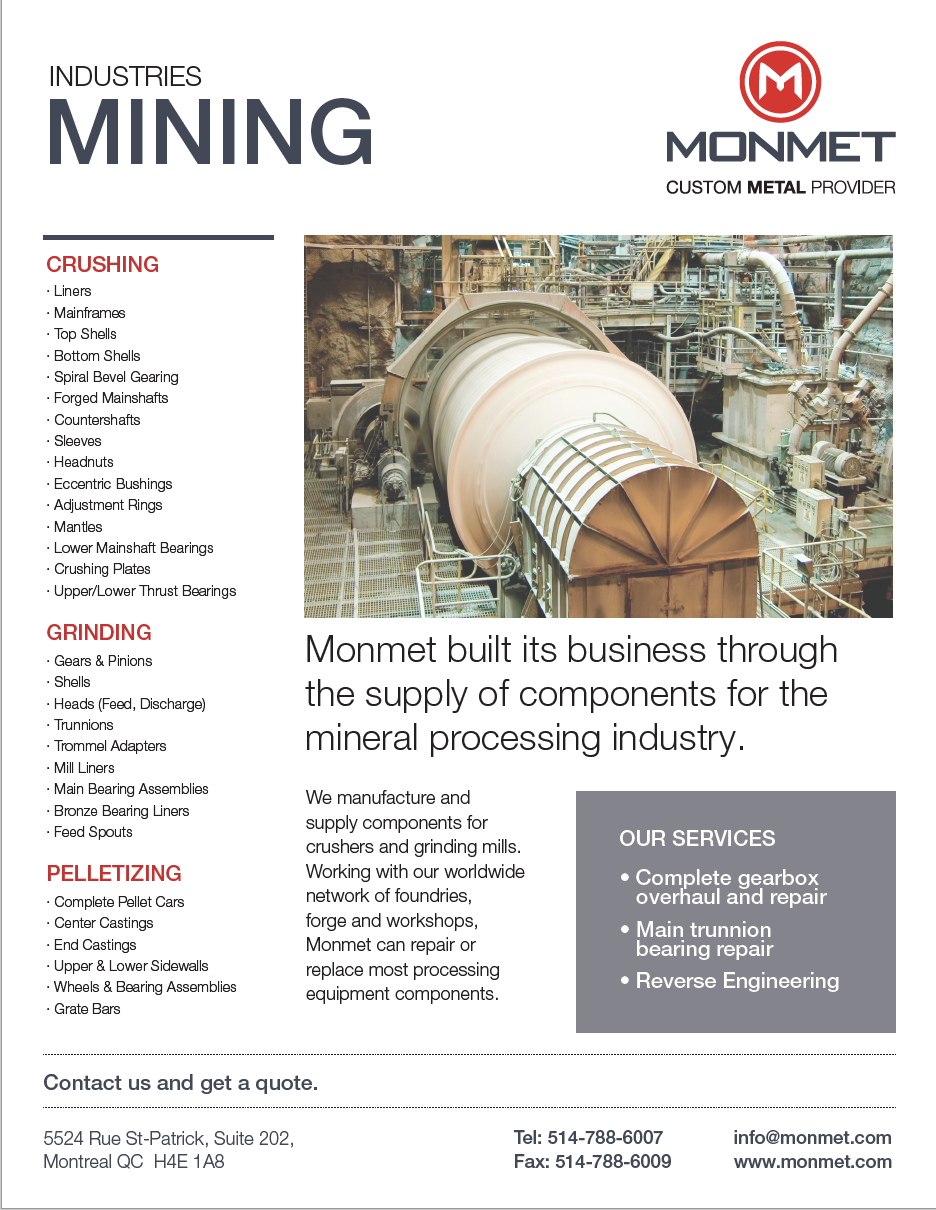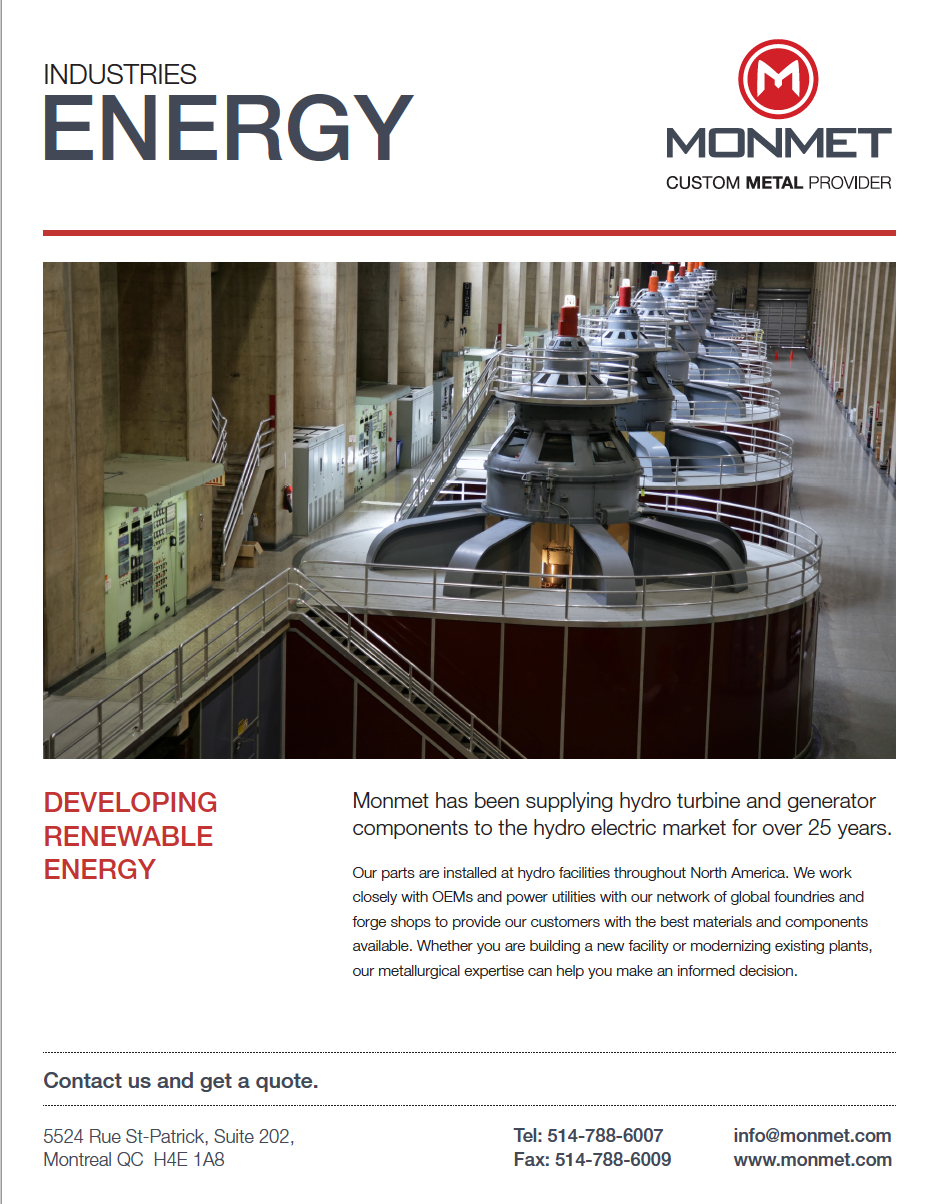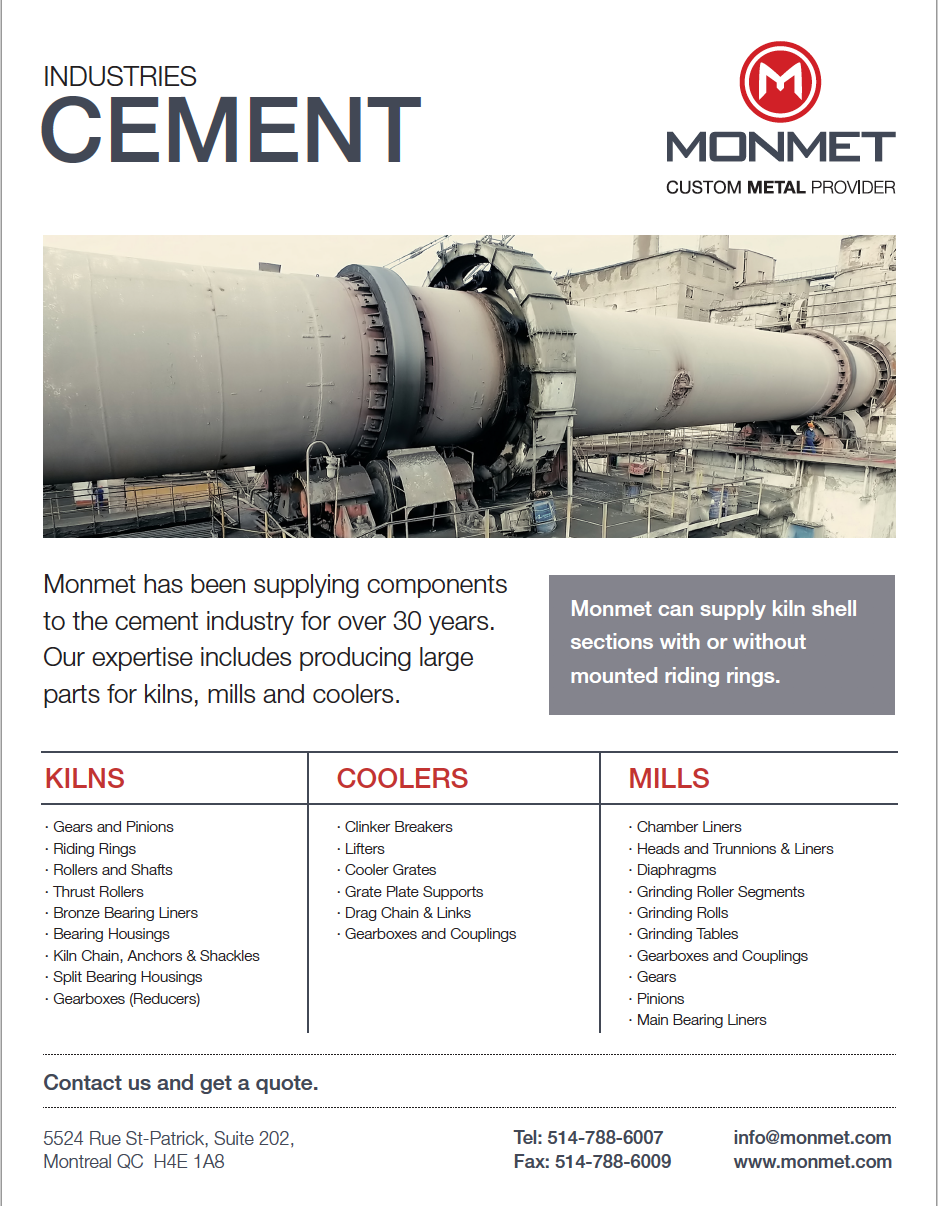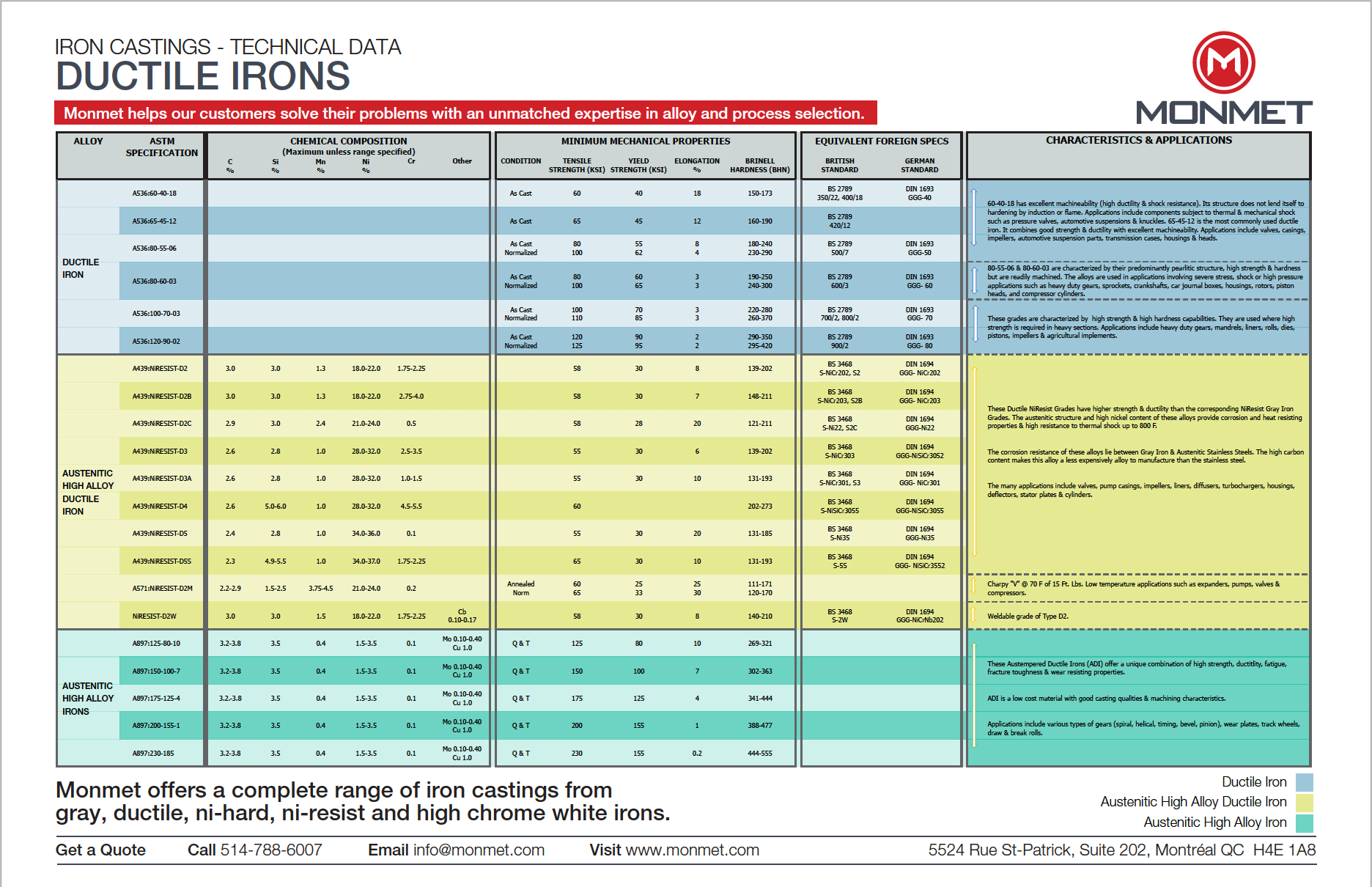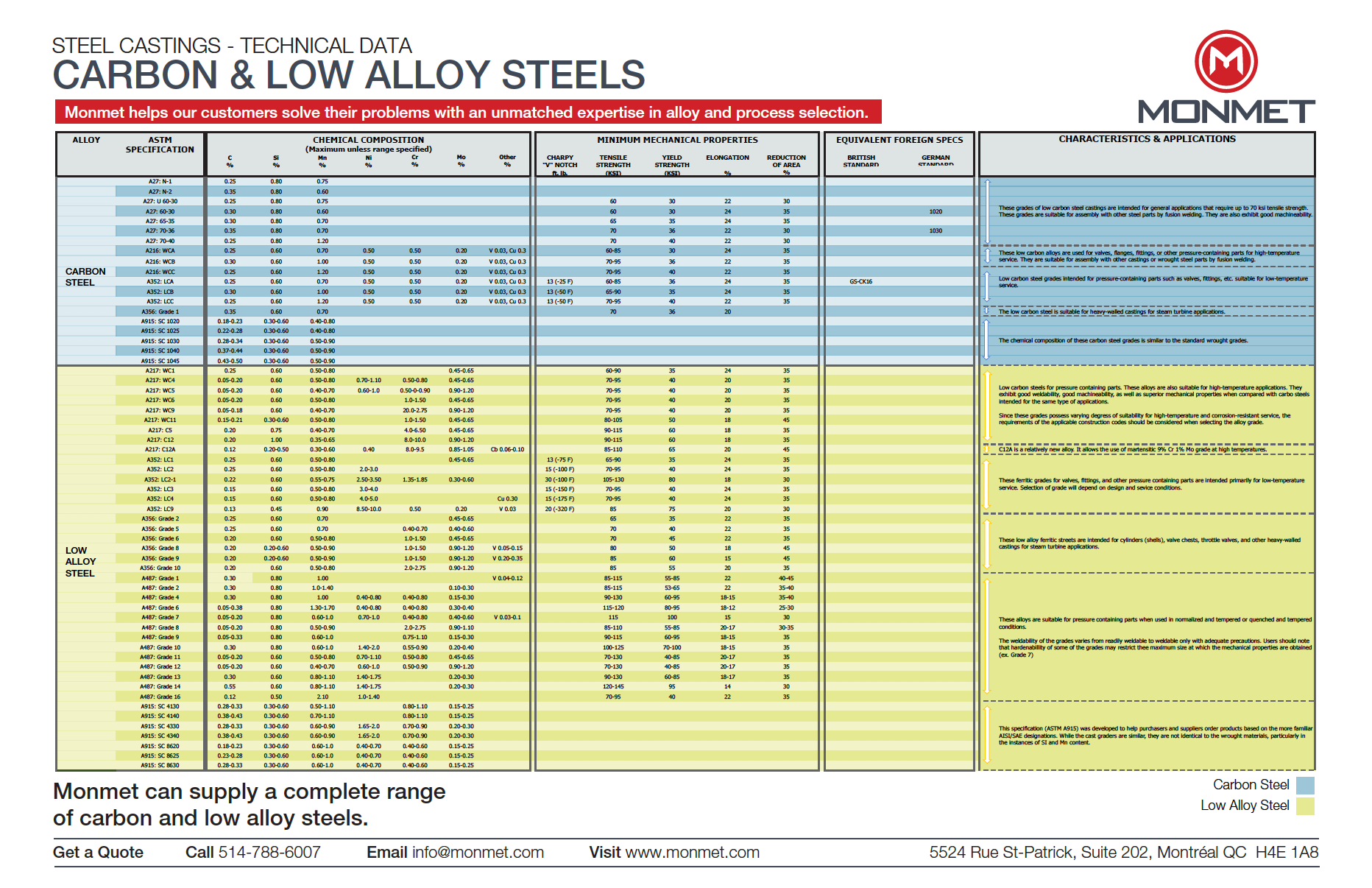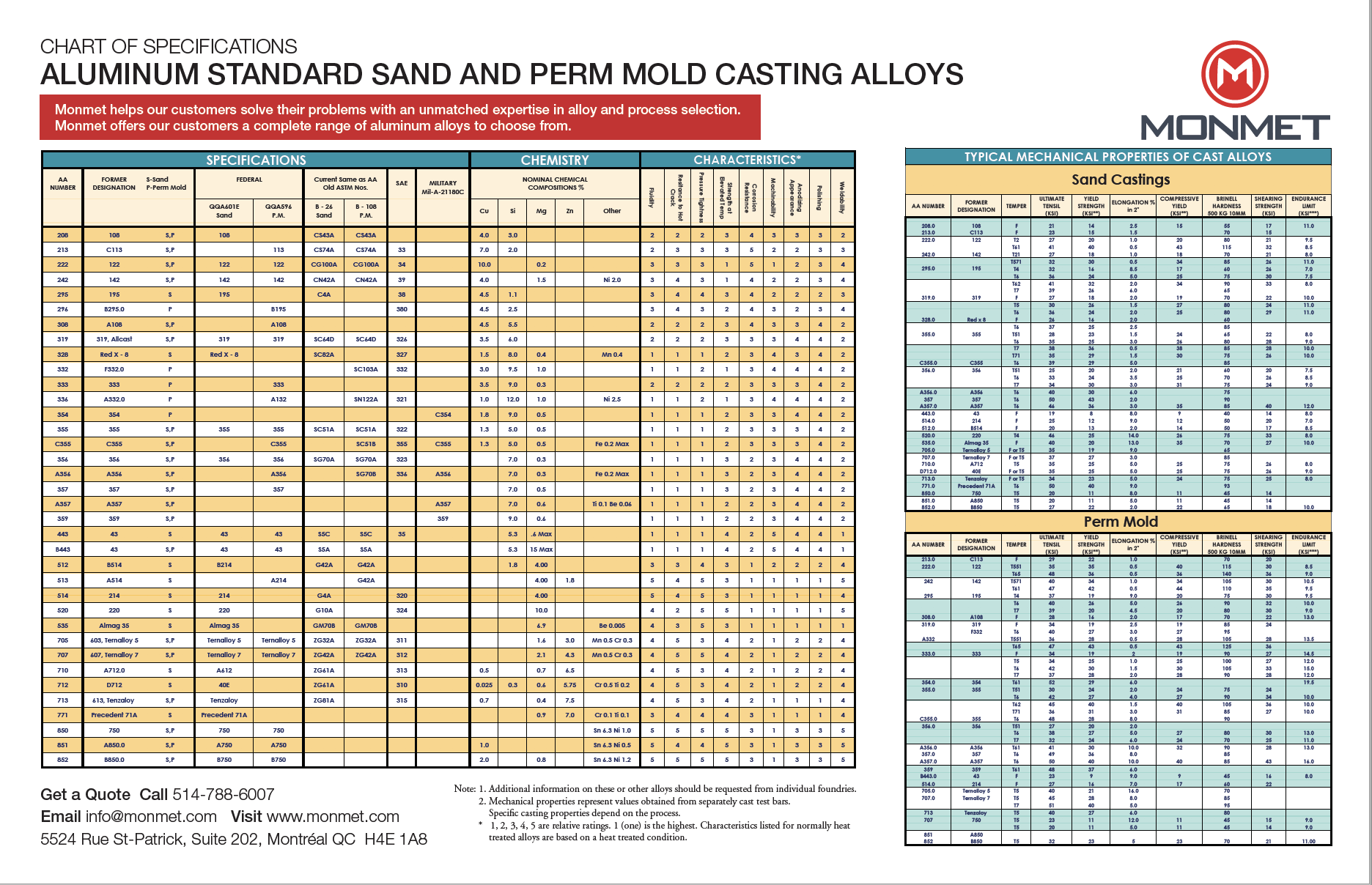Resources
Resources
resources
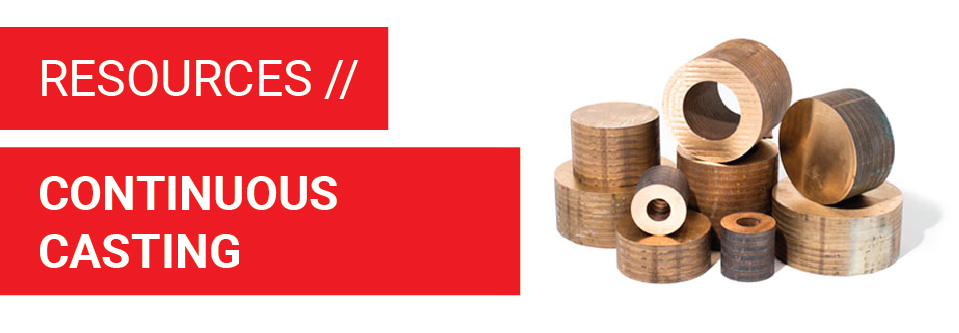
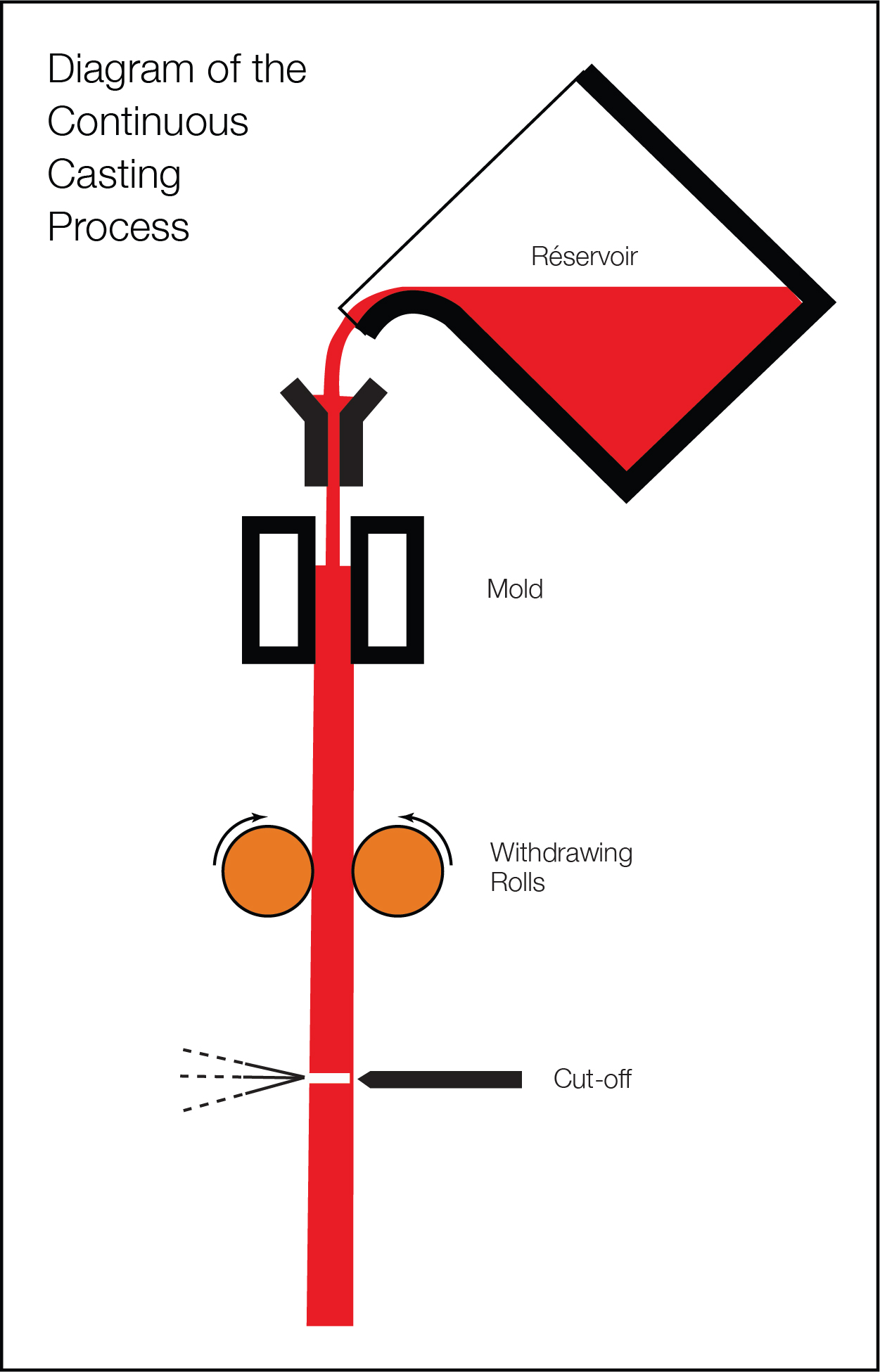
The process of continuous casting involves molten metal being poured continuously through a water-cooled mold. The casting is cooled, removed by rollers, then cut to the desired length with a traveling saw. A continuous casting can be done either horizontally or vertically. Using a gravity-fed bottom-flow method prevents dirt and impurities from affecting the casting. Combining the use of low heat casting temperatures and the water-cooled mold allows for a homogenous and high-density product.
Continuous cast solid and hollow bars can have an outside diameter of up to 610 millimetres. Different inside diameters are achieved by using a variety of cores inside the molds. Often times these long bars are sliced into smaller pieces, but can also be used in their original form.
Continuous casting yields many differently shaped bars in ferrous and non-ferrous alloys. Approximately 20 different copper alloys are used in this process for solid and hollow bars in a variety of shapes. This process is used in a wide range of industries like mining, pulp and paper and ship building.
Download print version
The content of this page was curated for the distribution of industry related information from the Forging Industry Association and/or the American Foundry Society in reference to specific metallurgical processes.
Downloads
Company & Capabilities
Industries
Components
Technical Data
Learn Casting Processes
Sand Casting
Investment Casting
Centrifugal Casting
Continuous Casting
Learn Forging Processes
Open-Die Forging
Closed-Die Forging
Ring Rolling




